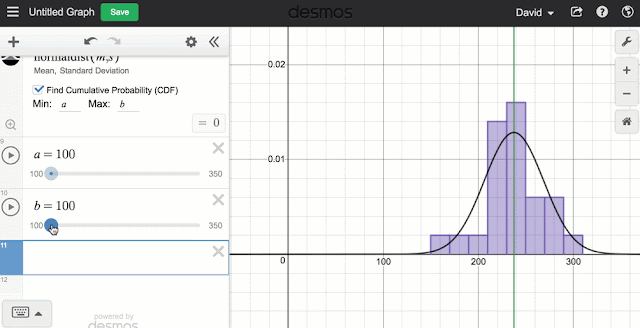I love this set of data cards created by @DavidButlerUoA (be sure to check out the comments on the post for more info from him):
These are ideal for when you are just starting out talking about stats. Each card is a data point with ten attributes (name, age, height, heart rate, temp, mood, arms, headgear, pet, bike). To me, you give these cards out to students with the instruction to sort them in any way they see fit and then see what happens. I wouldn't even tell them which attributes you have and just let them come to their own discoveries. This is a really great way for students to ease into the idea of analyzing statistics in a painless and approachable way. You can see some of the results that @DavidButlerUoA got here, here and hereI've just designed a new set of data cards for use in stats workshops, especially with Health Science students. I'm very proud of them. pic.twitter.com/68Nzfo14aM
— David Butler (@DavidKButlerUoA) May 14, 2021
Analysis
Once you have informally had students interact with these cards, you can continue to refer to them as you talk about the difference between categorical and numeric data, do some single variable stats measurements, two variable correlation and more. All the while you can keep referring to the cards in a more human context as each of them represents one "person" (though the data is made up, some of the relationships were taken from health studies). So although you will not solve any statistical mysteries with this data set, it is quite rich and divers and can be used to demonstrate many different statistical concepts.Sample Questions
- Sort these cards into any arrangement you wish. What patterns do you see? Be sure to justify your arrangement(s).
- What is the probability that if a person is happy, they are dancing?
- Could riding a bike make you healthier?
Downloads
Original Cards as PDF (ideally printed on card stock, cut, and laminated)
Data (CSV, Google Docs, CODAP)
Be sure to check out David's other math related teaching materials on his Making Your Own Sense blog
Let me know if you used this data set or if you have suggestions of what to do with it beyond this.
































